Application of a Simulation-Based Digital Twin for Predicting Distributed Manufacturing Control System Performance
Abstract
1. Introduction
- Throughput time was reduced by lower failure rates and available feedback from each station and higher amounts of sensors along the railway.
- The amount of lost messages increases with the number of sensors due to concurrent communications.
- In spite of delaying communications, a higher number of sensors reduces throughput time, in particular when stations’ failure rate increases.
2. Simulation-Based Digital Twin Framework
2.1. Architecture
- Conveyor—each conveyor, from conveyorA (entry) to conveyorF (exit), is able to carry one product at a time.
- Resource—each resource is capable of adding/removing a product to/from the line or brushing it. A resource must be associated with one of the conveyors.
- Skill—corresponds to each type of action performed by a resource.
- Product—each product consumes different amounts and types of skills, i.e., products from type one consume one BrushUp, products from type two consume one BrushDown and products from type three consume one BrushUp and one BrushDown. More types can be easily added by editing the ontology.
2.2. Implementation
2.2.1. The Simulation Model
- Main—includes all graphical and logical elements, responsible for ascertaining the model’s correct behaviour until the final predictions are derived.
- Product—abstracts a product and describes it through four parameters: brushUp and brushDown, that specify the type, and entryTime and exitTime, where the respective timestamps are stored. Unlike the Main type, there can be more than one instance per simulation.
- Source—launches a new Product instance. The blocks from sourceA to sourceF deploy a product on the respective conveyor after the initial state is read from the file, whereas the source block launches the remaining products.
- Conveyor Enter—is placed after a source block and establishes, through Position on Conveyor elements, the newly-created product’s initial position.
- Queue—stacks products in case they cannot be immediately added to the conveyor network.
- Hold—blocks the natural course of an agent. It ensures that all products, from the initial state, were added before the conveyors start moving.
- Convey—settles the sequence of conveyors that constitute the network by defining each segment of the path.
- Sink—works as the endpoint of the production line, where products are dispatched.
2.2.2. The Database File
- Timestamp—UNIX timestamp, in milliseconds, related to the corresponding conveyor’s state last update.
- Station Flag—indicates whether a conveyor has a station attached to it (1) or not (0).
- Brush Ups—amount of BrushUp skills consumed by the product which is currently placed at a conveyor (−1 means that the conveyor is empty).
- Brush Downs—amount of BrushDown skills consumed by the product which is currently placed at a conveyor (−1 means that the conveyor is empty).
- Process Finished Flag—indicates whether the product placed at the respective conveyor has already been processed (0) or not (1). This field is only inserted when the corresponding conveyor is not empty and has a station plugged into it.
2.2.3. The API

2.2.4. The Multi-Agent System
3. Demonstration and Validation
3.1. The Demonstrator
3.2. Results Analysis
- Production pattern—six combinations of ProductType1, ProductType2 and ProductType3.
- Production plan size—ten or twenty products.
- Cycle time (CT)—average time spent by products on the line, in s/product.
- Throughput (Tp)—average amount of exported products per time unit, in products/min.
- Production pattern—1→2→3 or 3→2→1.
- Production plan size—twenty products.
3.3. Discussion
4. Conclusions and Future Work
Author Contributions
Funding
Institutional Review Board Statement
Informed Consent Statement
Conflicts of Interest
Abbreviations
| AI | Artificial Intelligence |
| API | Application Programming Interface |
| AR | Augmented Reality |
| CTS | Centre of Technology and Systems |
| CPS | Cyber-Physical System |
| CPPS | Cyber-Physical Production System |
| DCL | Distributed Control Layer |
| DT | Digital Twin |
| GUI | Graphical User Interface |
| I4.0 | Industry 4.0 |
| IL | Integration Layer |
| IoT | Internet of Things |
| JADE | Java Agent DEvelopment Framework |
| JSON | JavaScript Object Notation |
| KPI | Key Performance Indicator |
| KRI | Key Result Indicator |
| MAS | Multi-Agent System |
| NSF | National Science Foundation |
| OPC-UA | Open Platform Communications Unified Architecture |
| OWL | Ontology Web Language |
| PI | Performance Indicator |
| PLC | Programmable Logic Controller |
| PLM | Product Lifecycle Management |
| RICS | Robotics & Industrial Complex Systems |
| SL | Simulation Layer |
| URL | Uniform Resource Locator |
References
- Büchi, G.; Cugno, M.; Castagnoli, R. Smart factory performance and Industry 4.0. Technol. Forecast. Soc. Chang. 2020, 150, 119790. [Google Scholar] [CrossRef]
- Raj, A.; Dwivedi, G.; Sharma, A.; Beatriz, A.; Sousa, L.D. International Journal of Production Economics Barriers to the adoption of industry 4.0 technologies in the manufacturing sector: An inter-country comparative perspective. Int. J. Prod. Econ. 2019, 107546. [Google Scholar] [CrossRef]
- Li, G.; Hou, Y.; Wu, A. Fourth Industrial Revolution: Technological drivers, impacts and coping methods. Chin. Geograph. Sci. 2017, 27, 626–637. [Google Scholar] [CrossRef]
- Negri, E.; Fumagalli, L.; Macchi, M. A review of the roles of digital twin in cps-based production systems. Procedia Manuf. 2017, 11, 939–948. [Google Scholar] [CrossRef]
- Lu, Y.; Xu, X. Resource virtualization: A core technology for developing cyber-physical production systems. J. Manuf. Syst. 2018, 47, 128–140. [Google Scholar] [CrossRef]
- Zeng, J.; Yang, L.T.; Lin, M.; Ning, H.; Ma, J. A survey: Cyber-physical-social systems and their system-level design methodology. Future Gener. Comput. Syst. 2016, 105, 1028–1042. [Google Scholar] [CrossRef]
- Alguliyev, R.; Imamverdiyev, Y.; Sukhostat, L. Cyber-physical systems and their security issues. Comput. Ind. 2018, 100, 212–223. [Google Scholar] [CrossRef]
- Monostori, L. Cyber-physical production systems: Roots, expectations and R&D challenges. Procedia CIRP 2014, 17, 9–13. [Google Scholar]
- Hehenberger, P.; Vogel-Heuser, B.; Bradley, D.; Eynard, B.; Tomiyama, T.; Achiche, S. Design, modelling, simulation and integration of cyber physical systems: Methods and applications. Comput. Ind. 2016, 82, 273–289. [Google Scholar] [CrossRef]
- Dias-Ferreira, J.; Ribeiro, L.; Akillioglu, H.; Neves, P.; Onori, M. BIOSOARM: A bio-inspired self-organising architecture for manufacturing cyber-physical shopfloors. J. Intell. Manuf. 2016, 1–24. [Google Scholar] [CrossRef]
- Ribeiro, L.; Rocha, A.; Veiga, A.; Barata, J. Collaborative routing of products using a self-organizing mechatronic agent framework—A simulation study. Comput. Ind. 2015, 68, 27–39. [Google Scholar] [CrossRef]
- Leitão, P.; Karnouskos, S. Industrial Agents: Emerging Applications of Software Agents in Industry; Morgan Kaufmann: San Francisco, CA, USA, 2015. [Google Scholar]
- Leitão, P. Agent-based distributed manufacturing control: A state-of-the-art survey. Eng. Appl. Artif. Intell. 2009, 22, 979–991. [Google Scholar] [CrossRef]
- Rocha, M.P.D.S.V.P. Risk of Employing an Evolvable Production System. Master’s Thesis, Universidade Nova de Lisboa, Lisboa, Portugal, 2015. [Google Scholar]
- Grieves, M. Digital Twin: Manufacturing Excellence through Virtual Factory Replication; White Paper; Florida Institute of Technology: Melbourne, FL, USA, 2014; Volume 1, pp. 1–7. [Google Scholar]
- Kritzinger, W.; Karner, M.; Traar, G.; Henjes, J.; Sihn, W. Digital Twin in manufacturing: A categorical literature review and classification. IFAC-PapersOnLine 2018, 51, 1016–1022. [Google Scholar] [CrossRef]
- Samir, K.; Khabbazi, M.R.; Maffei, A.; Onori, M.A. Key Performance Indicators in Cyber-Physical Production Systems. Procedia CIRP 2018, 72, 498–502. [Google Scholar] [CrossRef]
- Qi, Q.; Tao, F.; Zuo, Y.; Zhao, D. Digital twin service towards smart manufacturing. Procedia CIRP 2018, 72, 237–242. [Google Scholar] [CrossRef]
- Zhang, C.; Xu, W.; Liu, J.; Liu, Z.; Zhou, Z.; Pham, D.T. A reconfigurable modeling approach for digital twin-based manufacturing system. Procedia CIRP 2019, 83, 118–125. [Google Scholar] [CrossRef]
- Haag, S.; Anderl, R. Automated Generation of as-manufactured geometric Representations for Digital Twins using STEP. Procedia CIRP 2019, 84, 1082–1087. [Google Scholar] [CrossRef]
- Cimino, C.; Negri, E.; Fumagalli, L. Review of digital twin applications in manufacturing. Comput. Ind. 2019, 113, 103–130. [Google Scholar] [CrossRef]
- Ait-Alla, A.; Kreutz, M.; Rippel, D.; Lütjen, M.; Freitag, M. Simulation-based Analysis of the Interaction of a Physical and a Digital Twin in a Cyber-Physical Production System. IFAC-PapersOnLine 2019, 13, 1331–1336. [Google Scholar] [CrossRef]
- Lu, Y.; Liu, C.; Wang, K.I.; Huang, H.; Xu, X. Digital Twin-driven smart manufacturing: Connotation, reference model, applications and research issues. Robot. Comput.-Integr. Manuf. 2020, 61, 101837. [Google Scholar] [CrossRef]
- Rocha, A.D.; Tripa, J.; Alemao, D.; Peres, R.S.; Barata, J. Agent-based plug and produce cyber-physical production system—Test case. In Proceedings of the IEEE International Conference on Industrial Informatics (INDIN), Helsinki, Finland, 22–25 July 2019; pp. 1545–1551. [Google Scholar] [CrossRef]
- Zheng, L.; Xiao, J.; Hou, F.; Feng, W.; Li, N. Cycle time reduction in assembly and test manufacturing factories: A KPI driven methodology. In Proceedings of the 2008 IEEE International Conference on Industrial Engineering and Engineering Management, Singapore, 8–11 December 2008; pp. 1234–1238. [Google Scholar] [CrossRef]
- Johnson, D.J. A framework for reducing manufacturing throughput time. J. Manuf. Syst. 2003, 22, 283–298. [Google Scholar] [CrossRef]
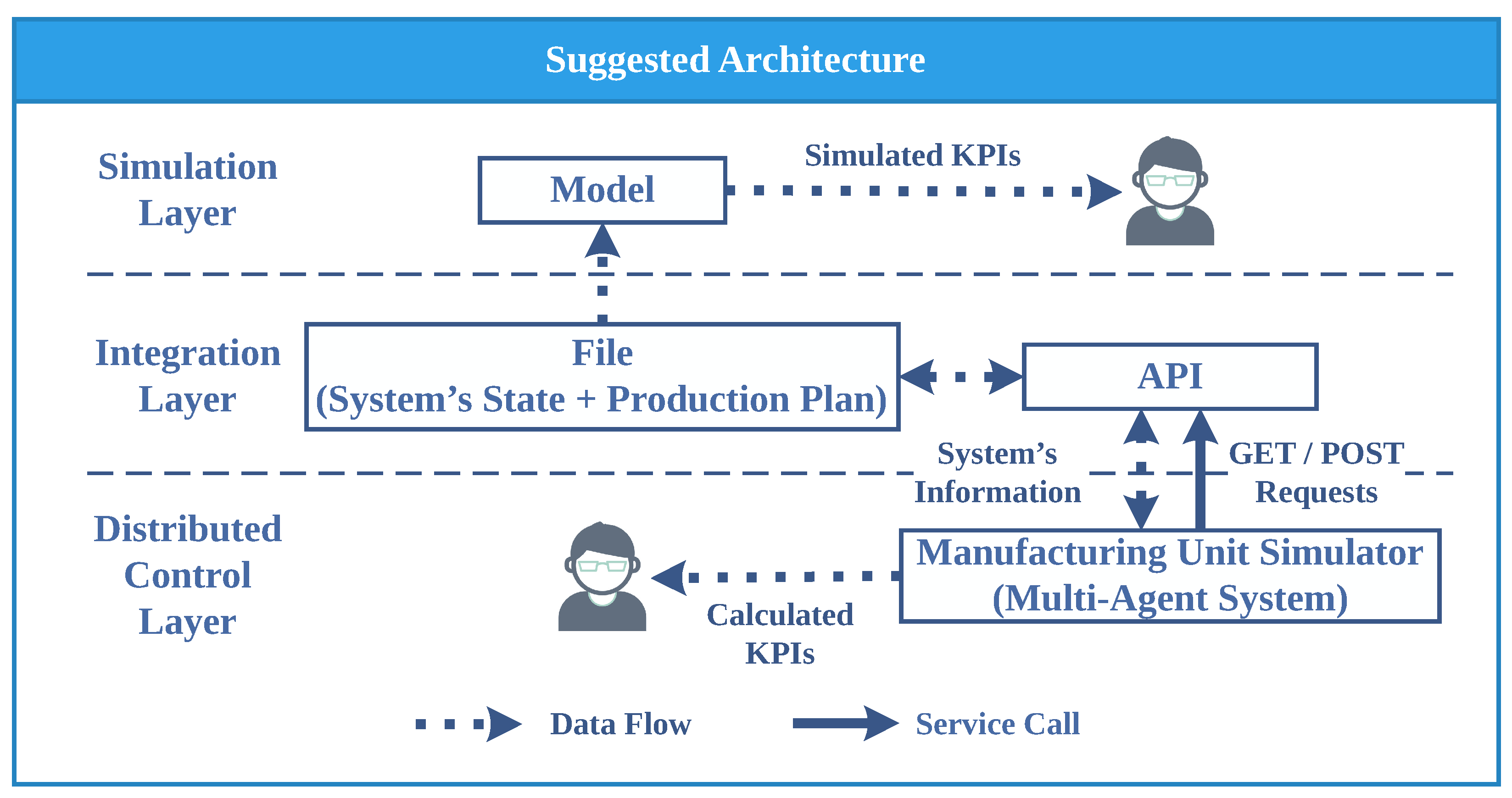
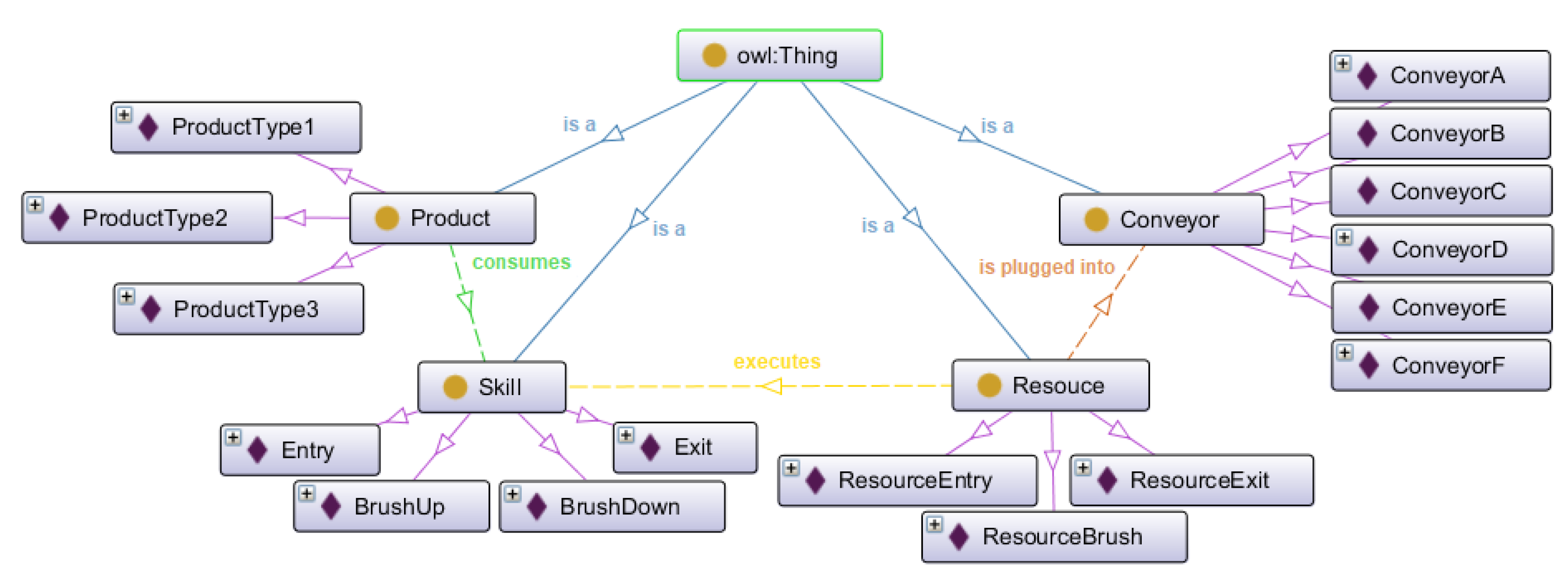
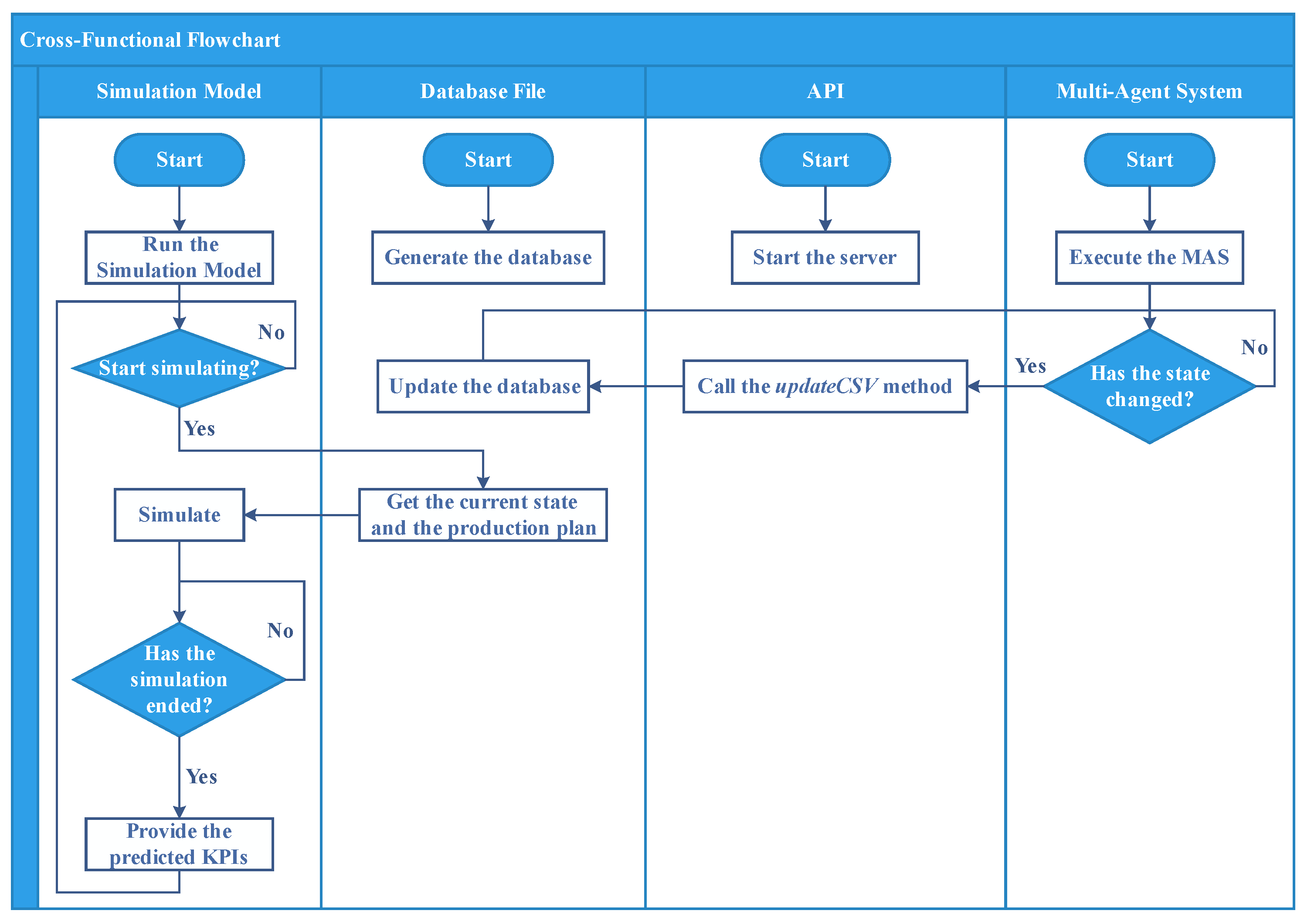
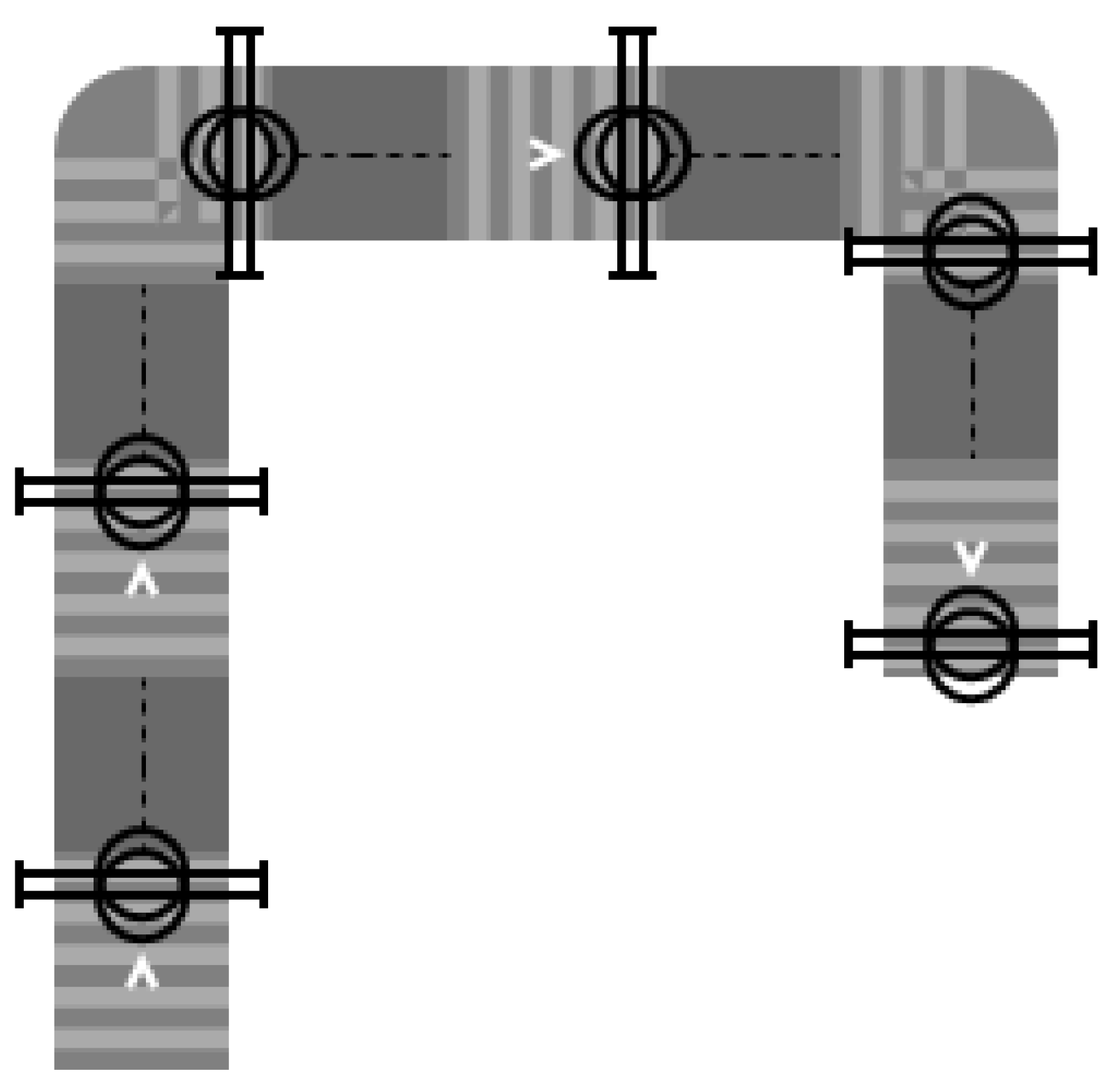
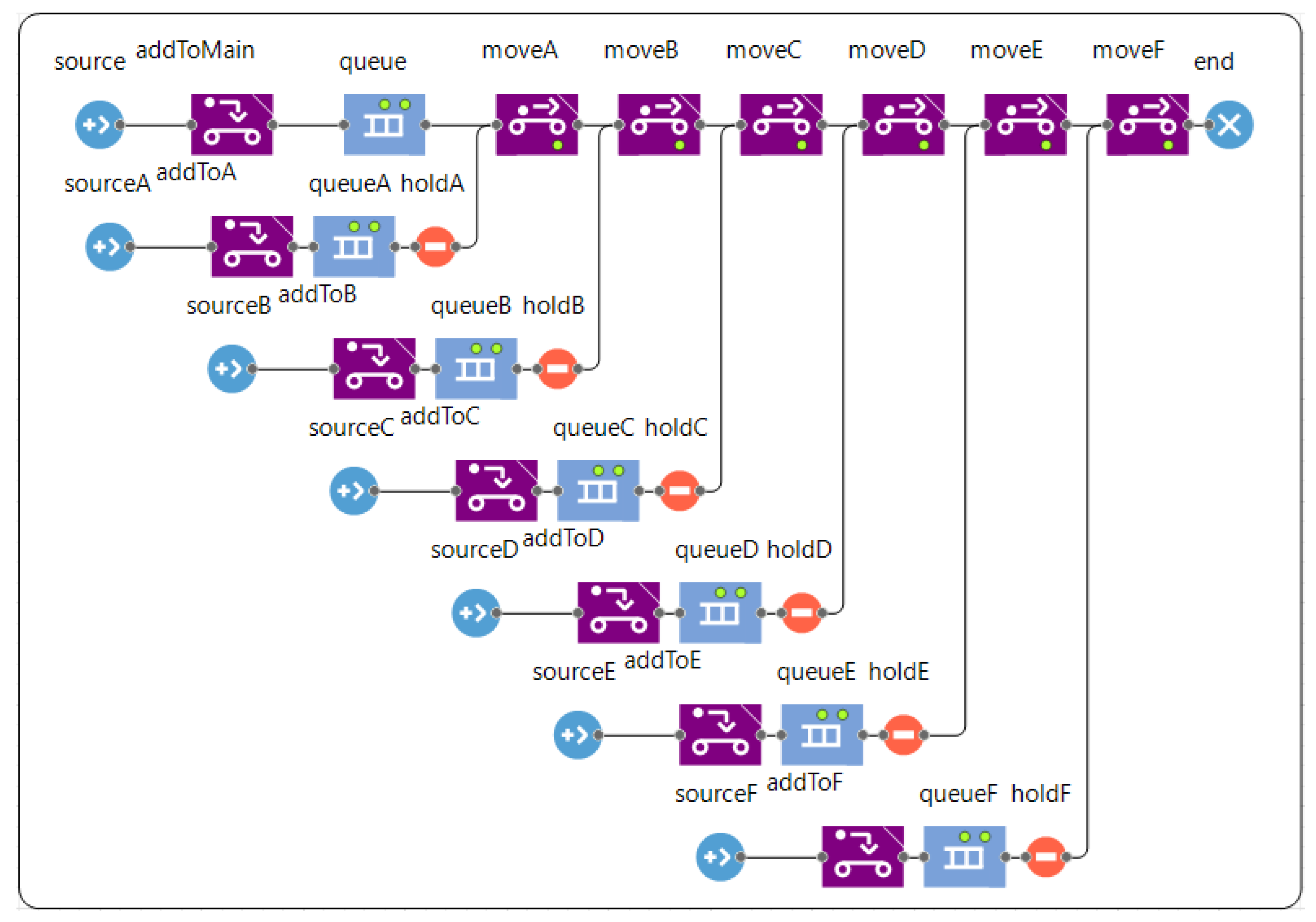


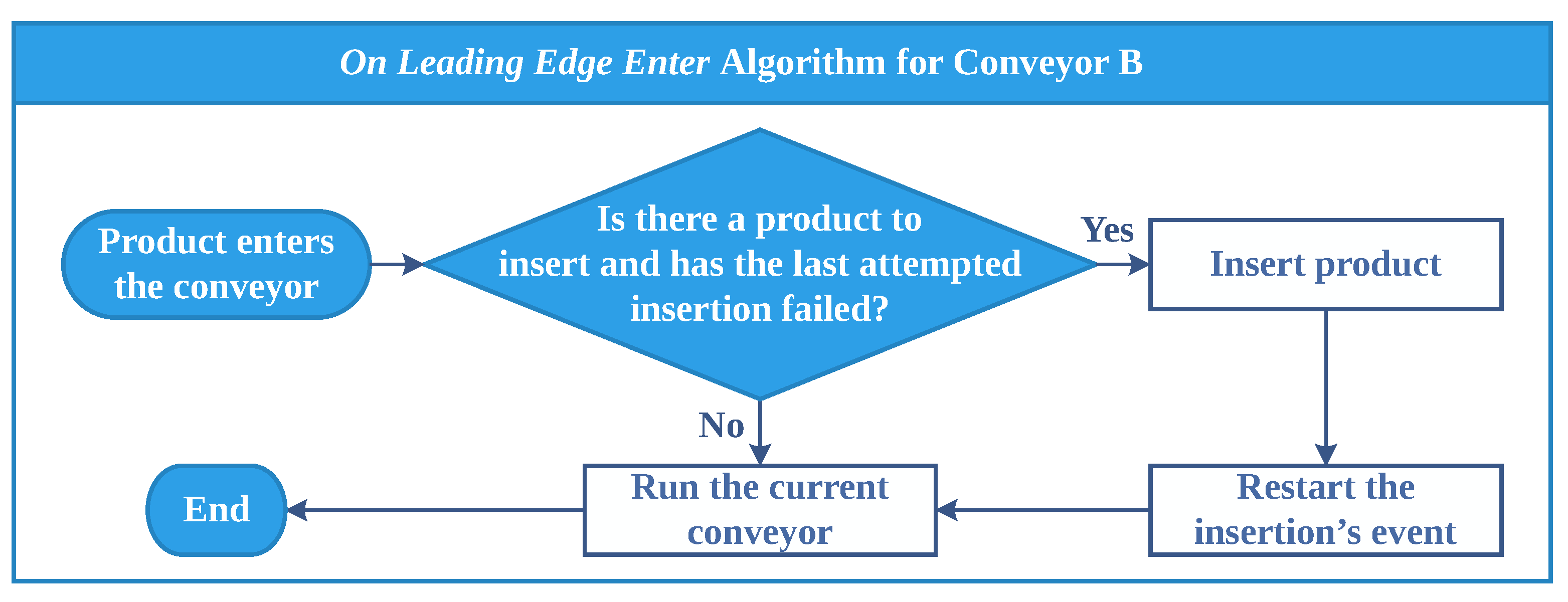


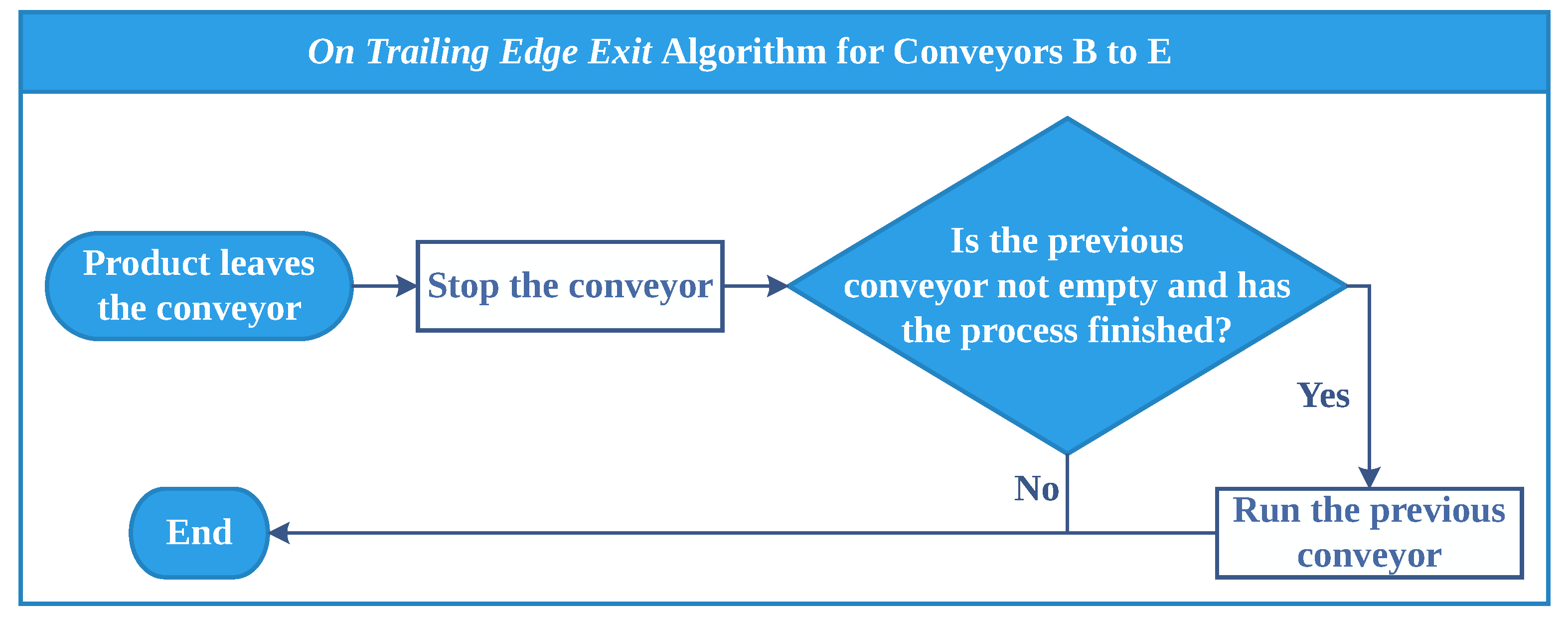
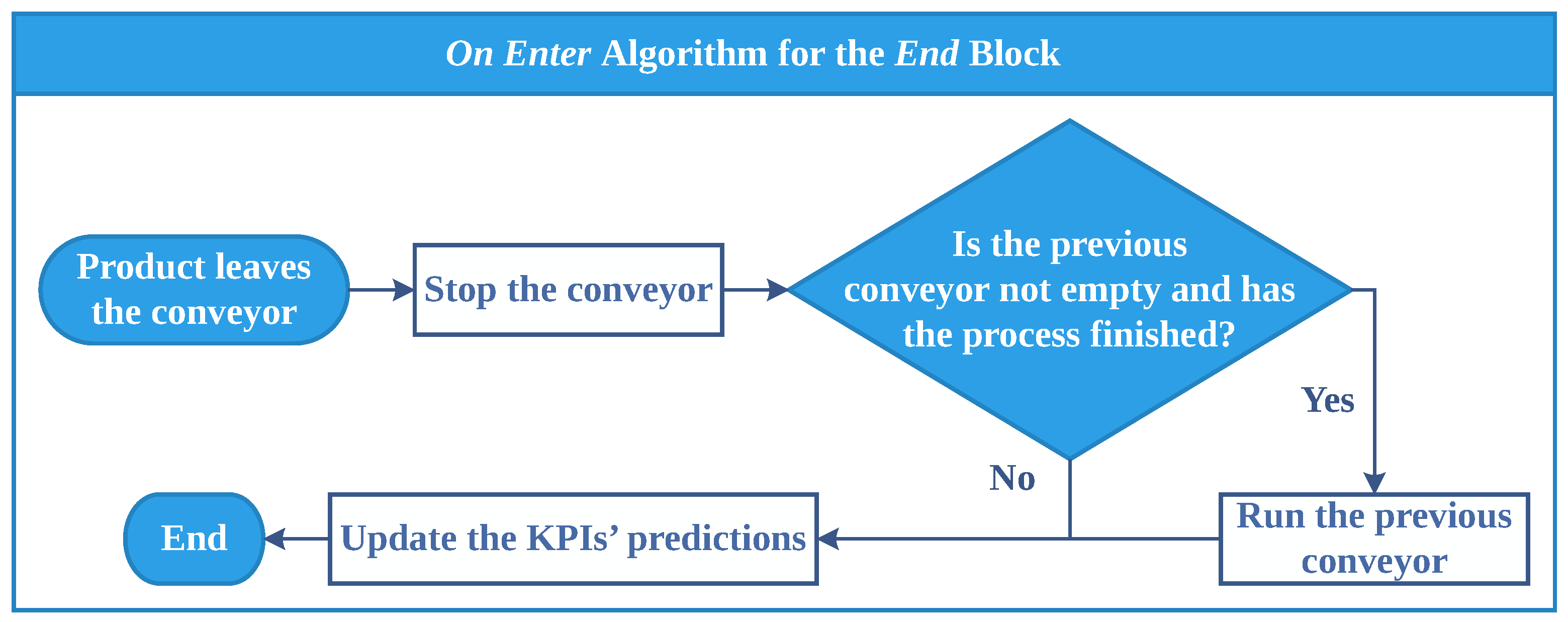
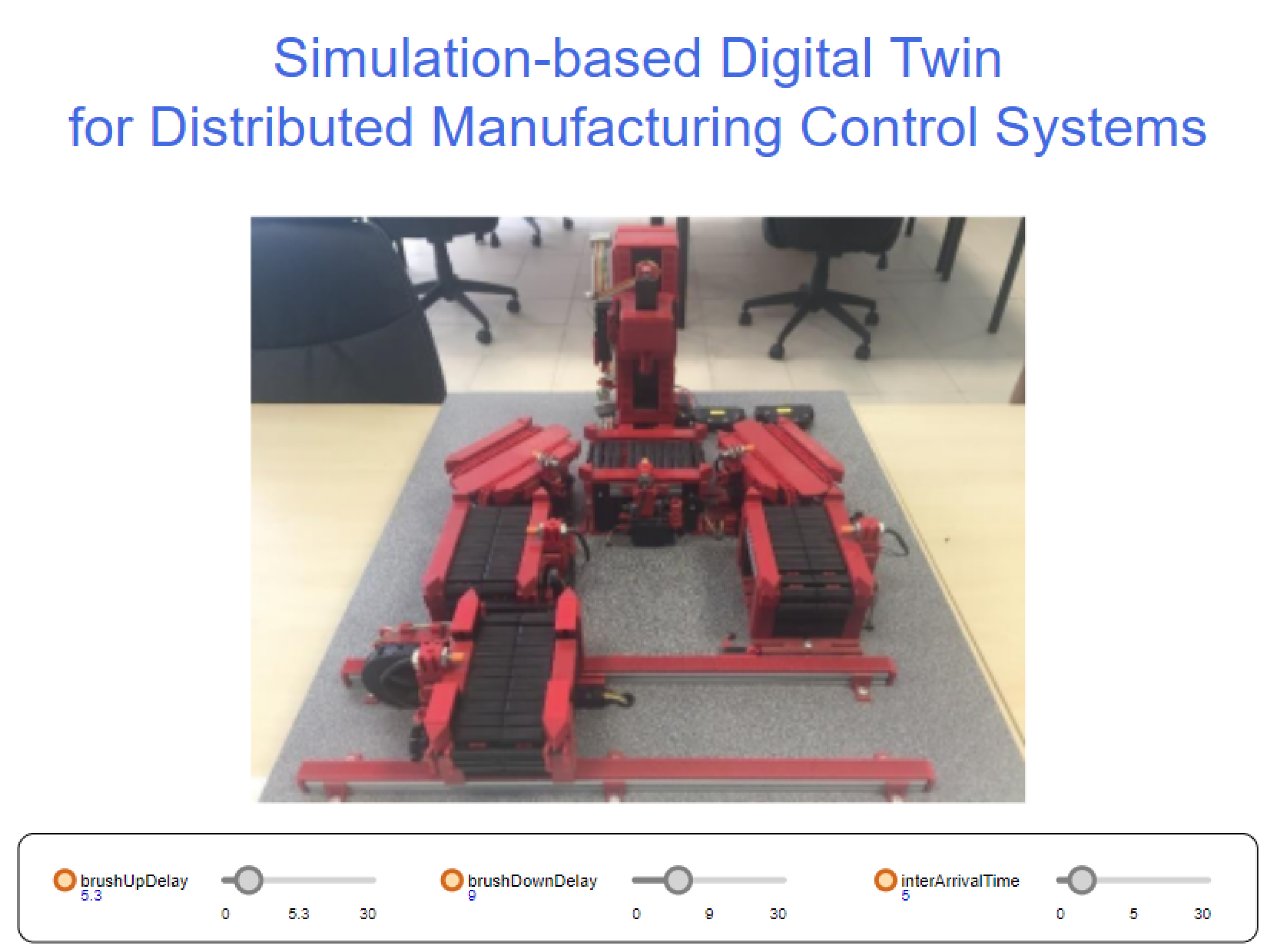
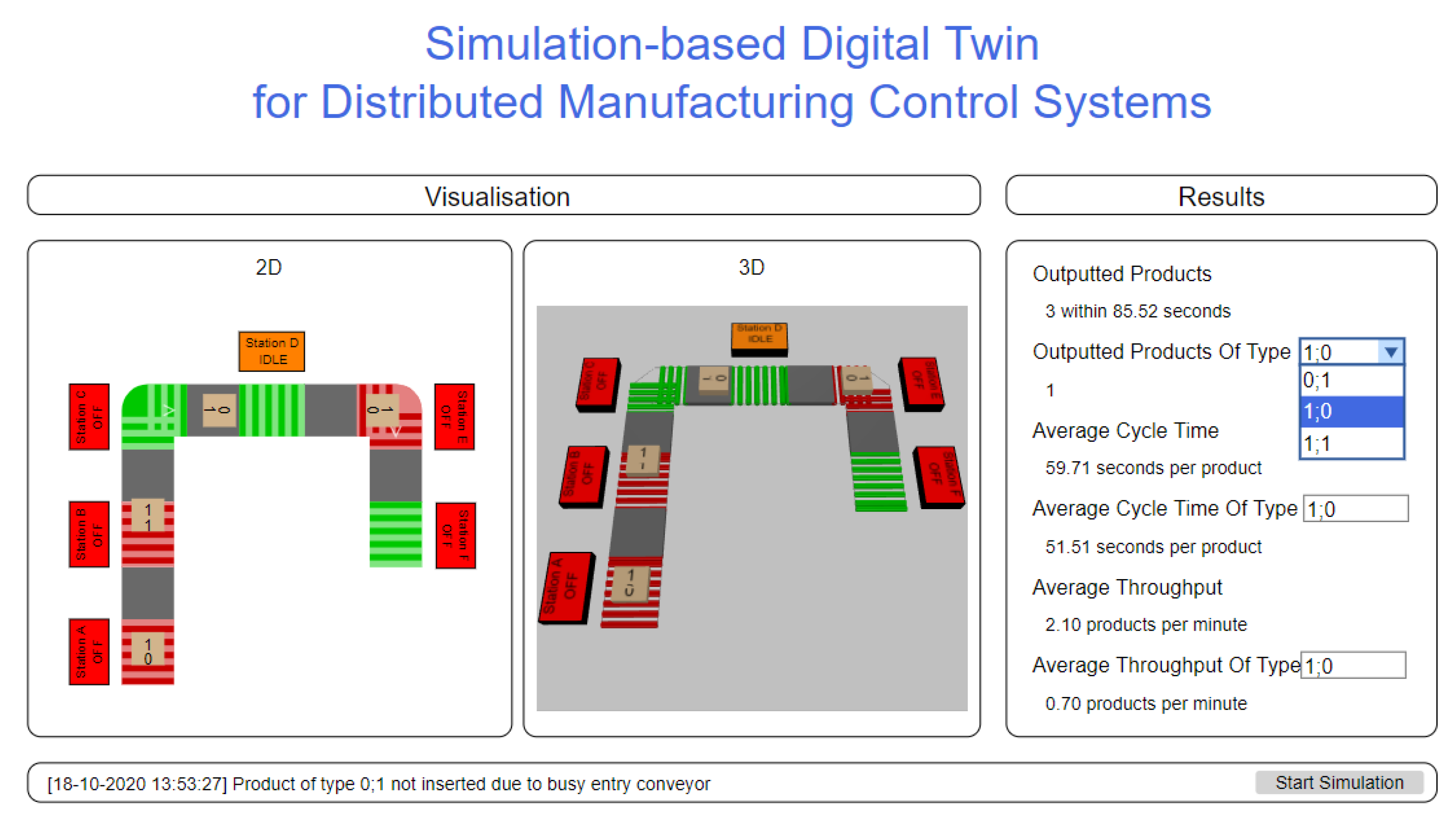

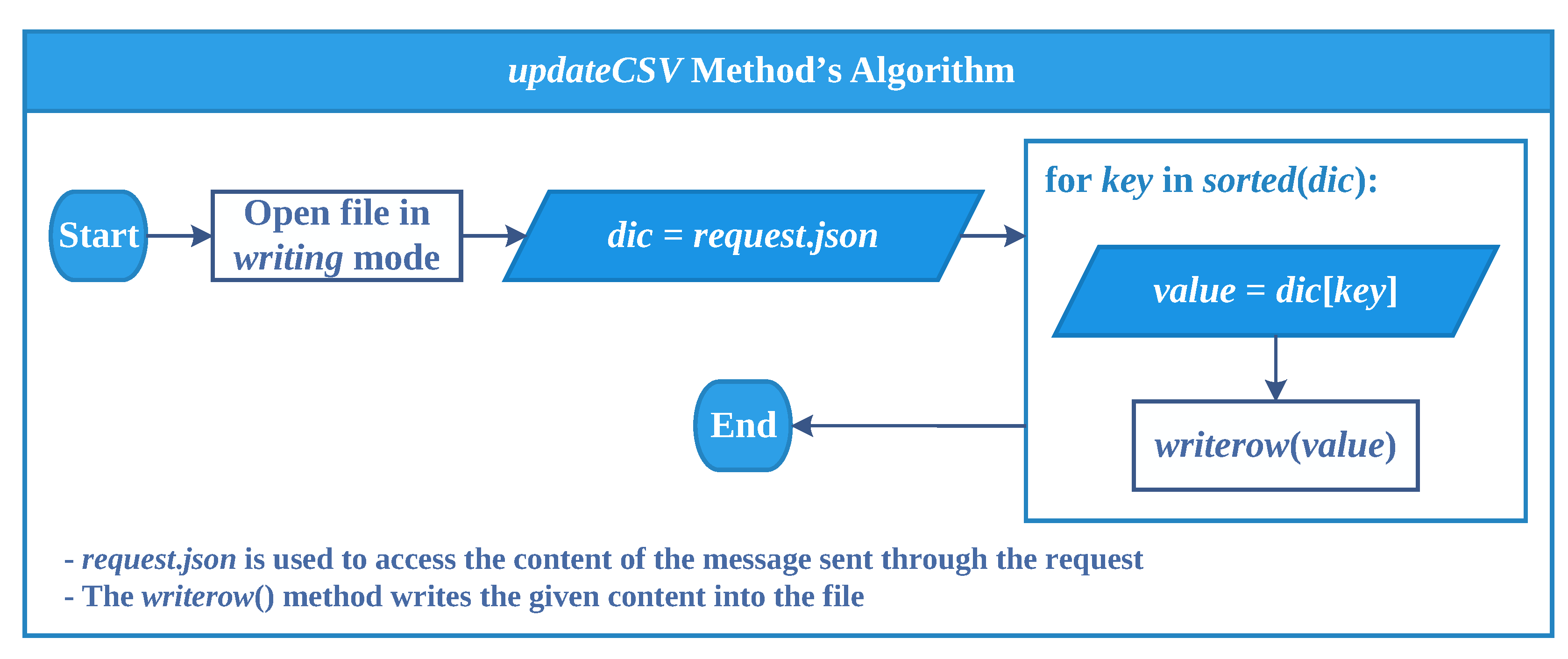
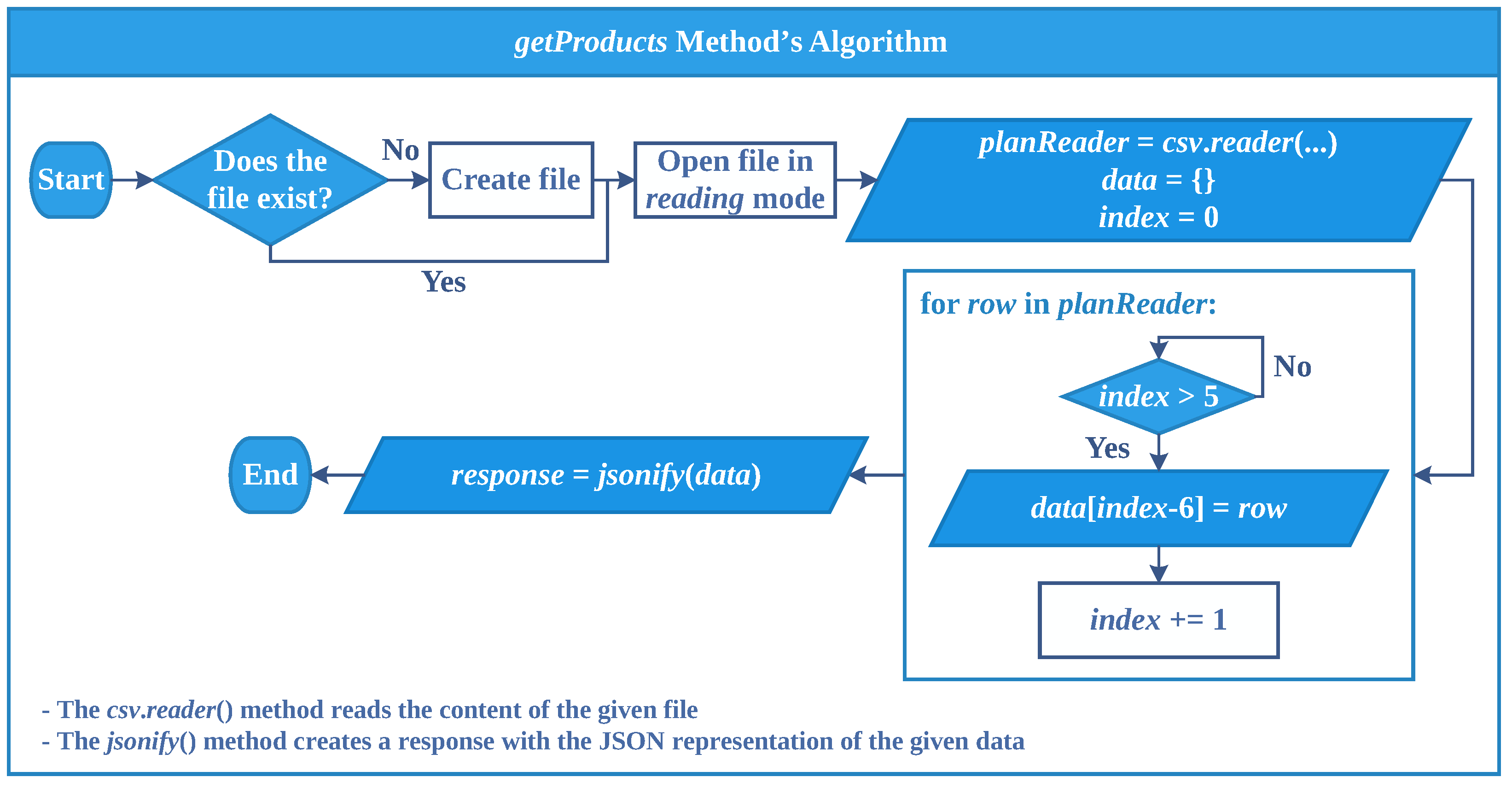
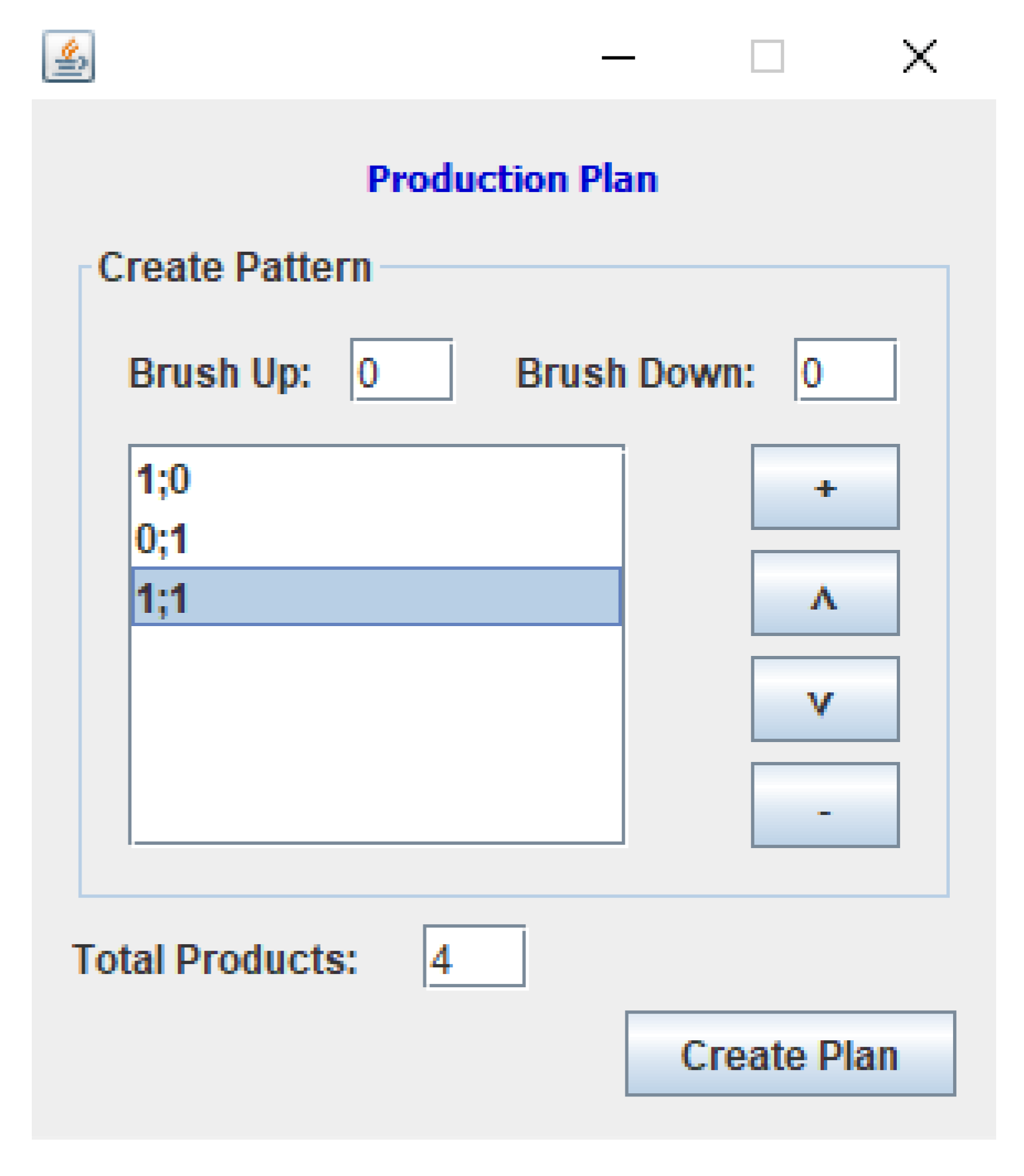

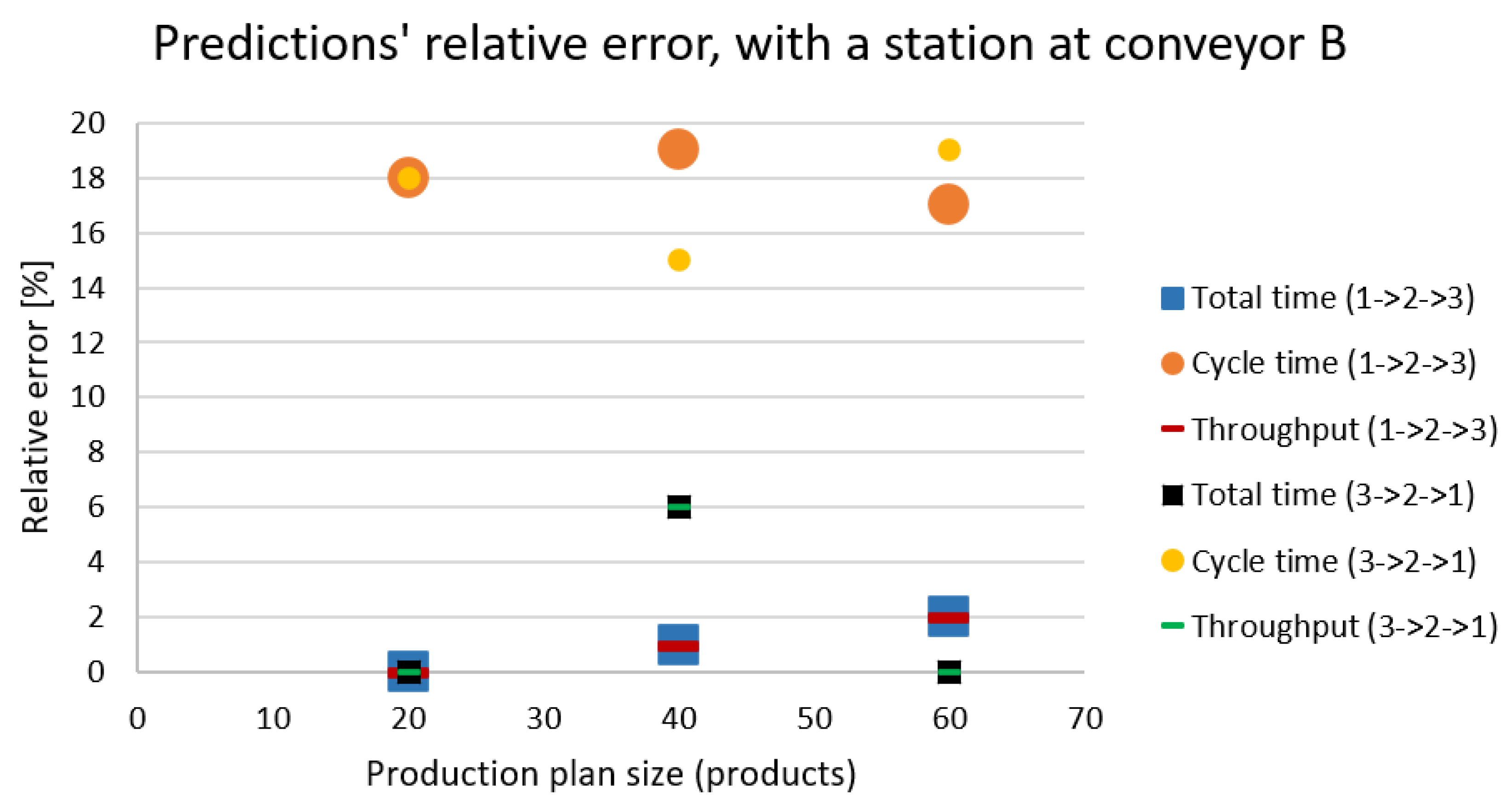
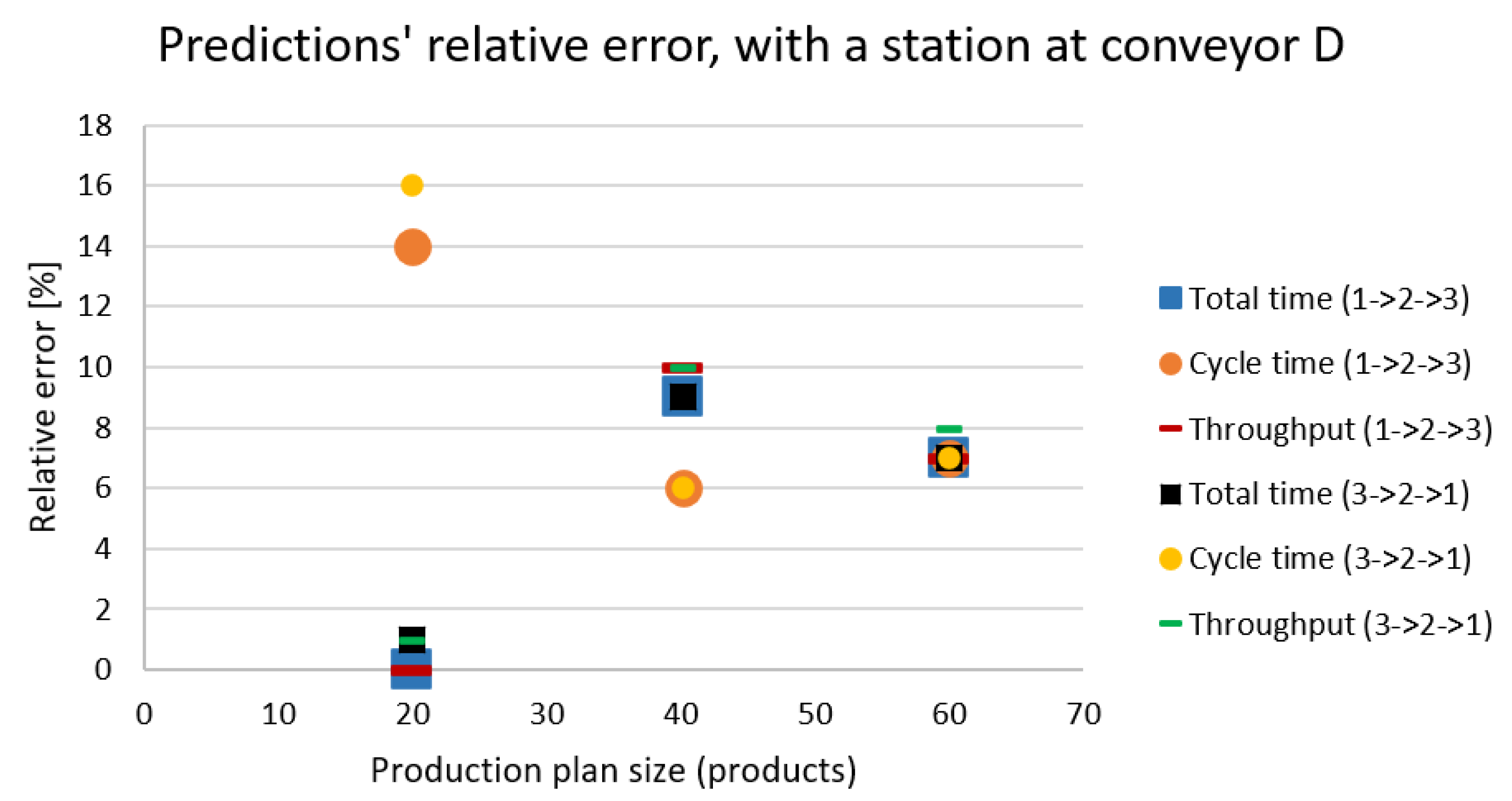
Publisher’s Note: MDPI stays neutral with regard to jurisdictional claims in published maps and institutional affiliations. |
© 2021 by the authors. Licensee MDPI, Basel, Switzerland. This article is an open access article distributed under the terms and conditions of the Creative Commons Attribution (CC BY) license (http://creativecommons.org/licenses/by/4.0/).
Share and Cite
Roque Rolo, G.; Dionisio Rocha, A.; Tripa, J.; Barata, J. Application of a Simulation-Based Digital Twin for Predicting Distributed Manufacturing Control System Performance. Appl. Sci. 2021, 11, 2202. https://doi.org/10.3390/app11052202
Roque Rolo G, Dionisio Rocha A, Tripa J, Barata J. Application of a Simulation-Based Digital Twin for Predicting Distributed Manufacturing Control System Performance. Applied Sciences. 2021; 11(5):2202. https://doi.org/10.3390/app11052202
Chicago/Turabian StyleRoque Rolo, Gonçalo, Andre Dionisio Rocha, João Tripa, and Jose Barata. 2021. "Application of a Simulation-Based Digital Twin for Predicting Distributed Manufacturing Control System Performance" Applied Sciences 11, no. 5: 2202. https://doi.org/10.3390/app11052202
APA StyleRoque Rolo, G., Dionisio Rocha, A., Tripa, J., & Barata, J. (2021). Application of a Simulation-Based Digital Twin for Predicting Distributed Manufacturing Control System Performance. Applied Sciences, 11(5), 2202. https://doi.org/10.3390/app11052202







